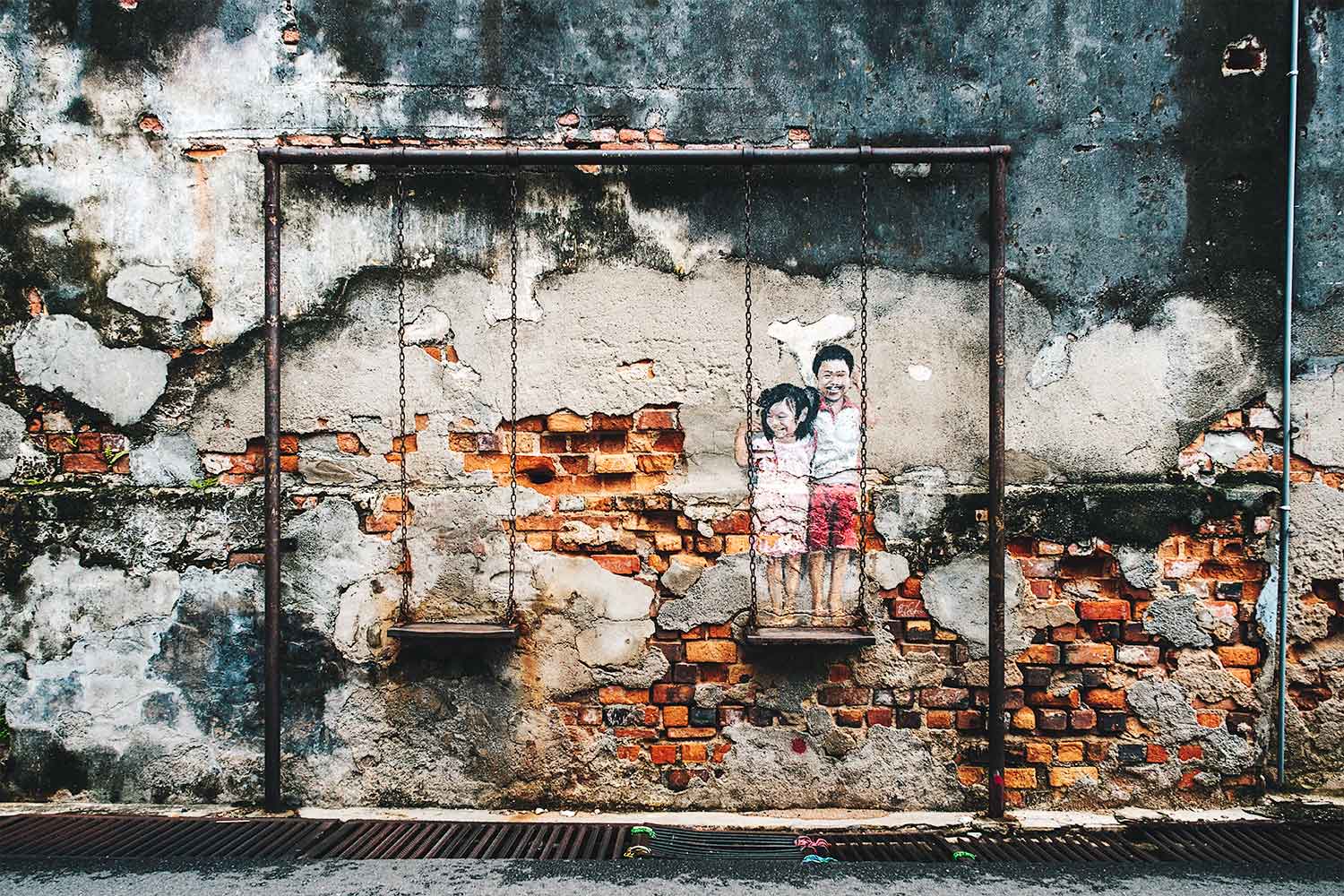Penang Post
Not one revealed a hint of xenophobic resentment toward alien people arriving from all kinds of places to settle into a life of leisure in sea-facing homes. Nobody I met expressed envy at the class of accommodation the expatriates were investing in.

There are white beaches, and there's vibrant Georgetown, wealthy in multicultural history. There's Bayan Lepas with the airport and modern-day high-tech factories. East of the island there's the country, staying fast to agriculture. There are the locals of various ethnicities and increasing numbers of tourists and expatriates from everywhere.
For a 280 square-kilometre island, Penang packs impressive diversity.
The tourists are concentrated in the heritage district of Georgetown, and on the beaches of Batu Ferringhi. Batu Ferringhi and its neighbouring northern districts are a favourite among expatriates who have decided to make Malaysia their home — even if their long-term stay is not an assured path to citizenship. Georgetown teems with terrific street murals, and cafes and restaurants in restored shophouses, their visages put back to colonial times, their interiors altered to suit the taste and ethnicity of their new, sometimes foreign, owners. Foreigners with a yen for antiquity and a love of street art (and the choice of varied good food close by) have bought such shophouses and live in them. Batu Ferringhi, besides the beaches, is home to stuff that goes with beach tourism: the trinket markets, the spas, the hotels, and swank gated neighbourhoods on hillsides looking out to sea.
"At Intel in Bayan Lepas," every Grab driver told me, having read my face, "there are many Indians." Some of the drivers were women, and they were driving late hours, increasing my respect for urban Malaysia. Bayan Lepas is on the south of the island. It is where the electronics industries are, and it is where the very interesting World War Museum is, in which when I went there, I was the lone visitor during my hour and a half. "You wouldn't want to live in Bayan Lepas," Joann, my guide for a half-day walking tour that I took on another day, told me. "It is too industrial. This is better:" She tapped on a location in the middle of the island. That's the place the expatriates are choosing these days, she said. They are resenting the traffic that has begun to thicken on the narrow winding road along the northern coastline.
I walked early mornings in the streets of the heritage district when only a handful of tourists were out. There were cats at every door, most doors shut at that hour. As the day progressed, the cats disappeared. I remember somebody's caution somewhere on the web, that to live in Georgetown, one should be tolerant of tourists, and rats. "The rats are big," it read. Really? With all those cats?
The eastern part is agri-country, maintaining a quiet existence. Gazing upon these varied facets of the island are a number of lush green hills, the tallest of them looking down from 2733 feet. As with hills everywhere, they breathe down a spirituality upon the island, where Islam and Buddhism and Hinduism and Taoism and Confucianism and Christianity coexist and keep a warm glow going in the Penangite heart. Every Penangite you meet is unfailingly friendly and easy, and a helpful human.
"You should come to Penang, lah," Penangites said to me. "A jam in KL can last three hours. Here the worst is over within an hour." And: "Things are laid back here, lah. No rush. Not like KL. Hahaha."
"If you come here, better you rent. The purchase price is so high; the rent is so cheap." Not one revealed a hint of xenophobic resentment toward alien people arriving from all kinds of places to settle into a life of leisure in sea-facing homes. Nobody I met expressed envy at the class of accommodation the expatriates were investing in.
My hotel was on Gurney Drive, my room on the seventh floor with a view of the sea. Down below, there was trying traffic all day. The Andaman sea shone blue and bright, and between the sea and the street, there was a massive expanse of white that outshone the sea. Reclamation works were going on by the sea. A line of mean-looking trucks looking as insects in the distance ran empty from an out of sight point left of my window to an out of sight point on the right. From there they returned, slowly this time, their aft straining, a mountain-load of sand back of them. Their ant-like tenacious works have already created a perfect bed of white running dozens (hundreds?) of hectares. When the toiling of these trucks is done, tall condos will rise and begin to house people from near and far. Standing, sitting, and lying in comfort in a place where there was once blue seawater, the settlers will savour the sight, sound, and breeze of the balmy tropical Andaman Sea.
Penang is a beautiful compact island which is a great place to live. An overdoing of hospitality can diminish it irretrievably.
